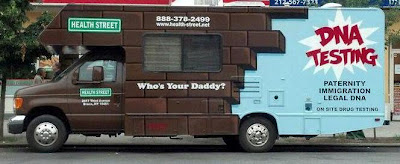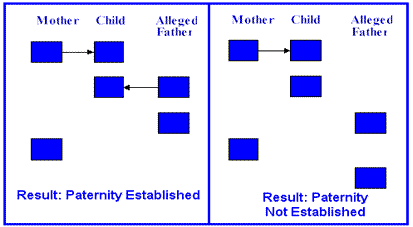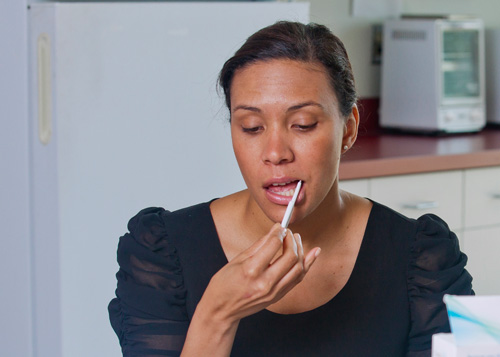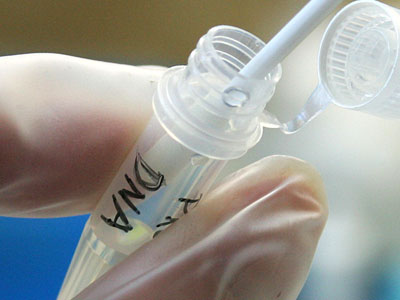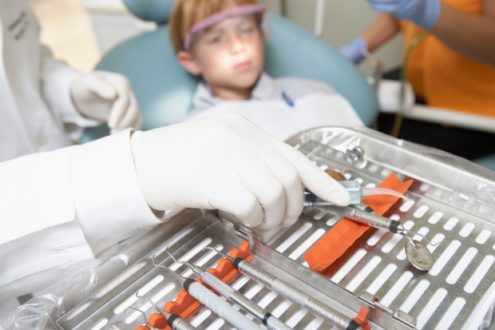Eight Facts About DNA Paternity Tests
Do you think you are the father of a child and can’t prove it? Are you being forced to pay child support for a child that doesn’t look like you?
Are you searching for your biological father and need a way to verify the information you’ve received? If any of the above scenarios hit close to home, you may benefit from taking DNA paternity tests.
Here are eight facts about paternity tests you may not know.
1 – DNA Paternity Tests Are Up To 99% Accurate
While some labs only use five or nine genetic markers to determine paternity, other labs use up to 16 genetic markers to ensure the highest accuracy of results.
There are reliable online companies that offer 99% accurate paternity test kits, which can determine if a man is the biological father of a child. By investing in a premium test through a reputable company, your paternity test results may be recognized by the judicial system.
2 – Thousands of People Find Their Families Each Year
Paternity testing has become better known and more accurate over the last several years. It has lead thousands of people in finding their families each year.
Children and biological fathers are reunited by the results of this miraculous test. This test is not only pertinent to those who may have several alleged fathers.
It can be extremely beneficial for those who are adopted and who want to better understand their family origin.
3 – DNA Paternity Tests Are Quick And Easy
A person’s DNA is his or her unique code of human identification. DNA can be obtained in a variety of ways, including through blood samples, hair and tissue samples.
One of the most common and least invasive methods is by using a buccal swab. A buccal swab is a specialized applicator with a cotton or sponge tip.
It is rubbed on the inside of the cheek to collect epithelial cells which carry DNA. This procedure is simple and painless.
Tissue samples are generally collected in a medical facility or laboratory near you and then sent to a testing center laboratory. The results of the test are usually obtained within five workdays
4 – DNA Paternity Test Results Are Kept Confidential
All test results are reported to you in a confidential manner. No one else needs to know the results of your test unless you choose to share them.
Attorneys and others who represent testing parties may also be able to receive a copy of the report if the tested individual has given consent.
5 – DNA Paternity Tests Can Be Completed Before a Baby is Born
Some labs offer prenatal testing to determine paternity before the baby is born. However, prenatal testing is generally more expensive and carries a higher medical risk.
To complete the test, the pregnant mother must undergo a procedure called amniocentesis to obtain a DNA sample from the fetus. Consult your genetic laboratory for more information about this procedure.
6 – Results May Be Obtained Even if the Alleged Father is Missing or Deceased
In some cases, paternity may be established even if the alleged father is missing or deceased. Because relatives carry similar DNA, the missing or deceased alleged father’s parents or other relatives may be able to replace him for the testing procedure if necessary.
Biological samples may also be obtained from a deceased person through a hospital or coroner’s office.
7 – DNA Paternity Test Results Cannot be Altered
The results of the DNA paternity test cannot be altered through the use of drugs, medication, alcohol or food. These factors, including age and lifestyle, don’t alter a person’s DNA pattern.
The results of the DNA paternity test have an extremely high accuracy rate if completed correctly due the unchangeable nature of DNA.
8 – DNA Paternity Test Results Can Be Obtained Without a Specimen From The Mother
In most cases, DNA testing is completed by comparing DNA profiles of the child, the alleged father and the mother. Results are easier to obtain and have a higher accuracy rate if the mother’s DNA is included in the testing procedure because half of the child’s DNA profile comes from her.
However, if the mother isn’t available for testing, accurate results can still be obtained from collecting specimen samples of just the alleged father and the child.
For more information about paternity testing, contact a certified genetic lab near you today.

